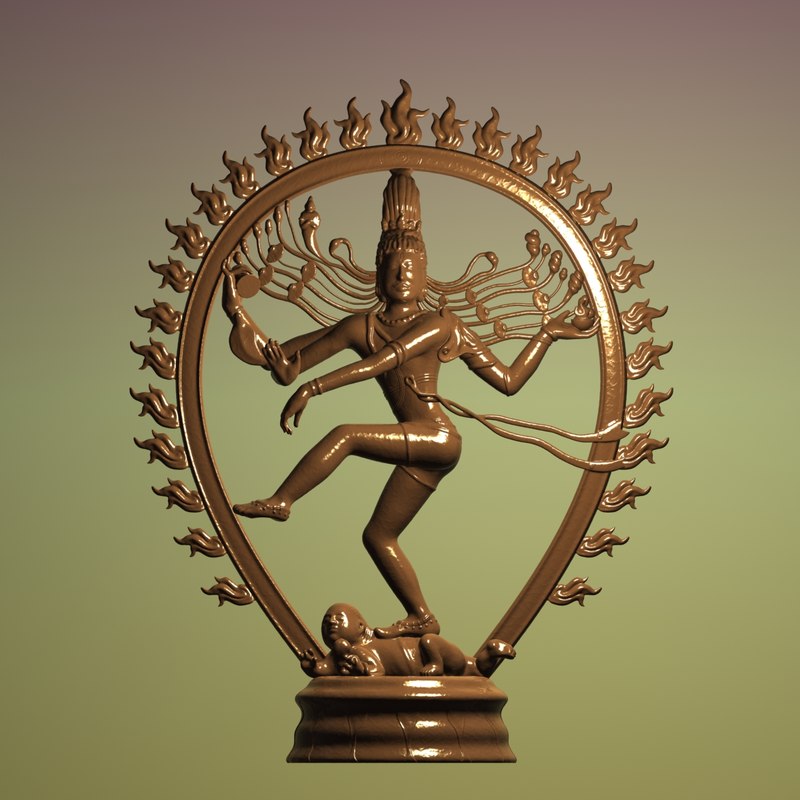Lord Natraja | 12 Sep 2019
An antique panchaloha ( an alloy of gold (Au), silver (Ag), copper (Cu), zinc (Zn) and iron (Fe)) idol of Lord Nataraja, stolen from a temple in southern Tamil Nadu and smuggled to Australia 37 years ago, has been brought back to India.
Lord Natraja
- Nataraja (Lord of the Dance), the Hindu god Shiva in his form as the cosmic dancer, is represented in metal or stone in many Shaivite temples, particularly in South India.

- It is an important piece of Chola sculpture.
- Some of the features of the Nataraja sculpture are:
- The upper right-hand holds the drum, which signifies the sound of creation. All creations spring from the great sound of the damru.
- The upper left-hand holds the eternal fire, which represents the destruction. Destruction is the precursor and inevitable counterpart of creation.
- The lower right hand is raised in the gesture of Abhay mudra signifying benediction and reassuring the devotee to not be afraid.
- The lower left-hand points towards the upraised foot and indicates the path of salvation.
- Shiva is dancing on the figure of a small dwarf. The dwarf symbolises ignorance and the ego of an individual.
- The matted and flowing locks of Shiva represent the flow of river Ganges.
- In ornamentation, one ear of Shiva has a male earring while the other has female. This represents the fusion of male and female and is often referred to as Ardhanarishwar.
- A snake is twisted around the arm of Shiva. The snake symbolises the kundalini power, which resides in the human spine in the dormant stage. If aroused, one can attain true consciousness.
- The Nataraja is surrounded by a nimbus of glowing lights which symbolises the vast unending cycles of time.
